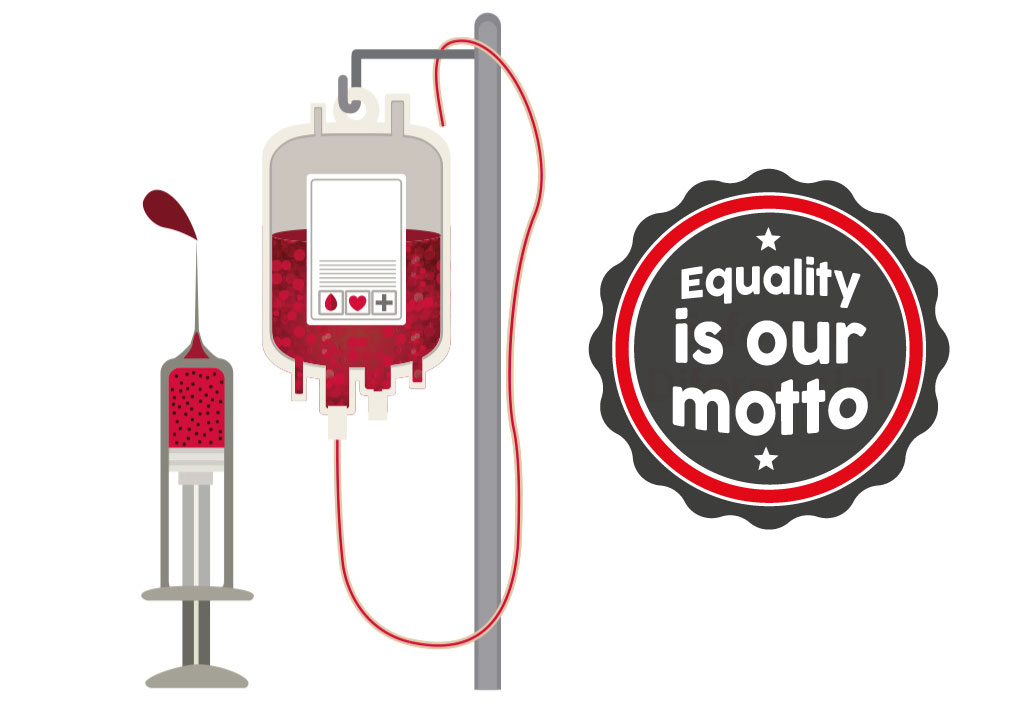
A blood transfusion is a routine medical procedure in which the patient receives donated blood through a narrow tube placed in a vein in the arm.
This life-saving procedure helps replace blood lost from surgery or injury. Blood transfusion can also be helpful when a disease prevents the body from making blood or some of the blood components properly.
Generally, blood transfusions are done without complications. If complications do occur, they are usually mild.
- +WHY IT IS DONE
- People receive blood transfusions for a variety of reasons, including surgery, injury, illness, and bleeding disorders.
Blood has several components, including:
- Red blood cells that carry oxygen and help remove waste
- White blood cells that help the body fight infection
- Plasma, which is the liquid part of the blood
- Platelets that help the blood to clot properly
A transfusion provides the blood components you need. Red blood cells are the most frequently transfused. You can also receive blood that contains all the components, but this transfusion is not as frequent.
Researchers are working to develop artificial blood. As of yet, there is no suitable replacement for human blood.
- +HOW TO PREPARE
- Before a transfusion, you will be tested to determine if your blood type is A, B, AB, or 0 and if your Rh factor is positive or negative. The donated blood used for your transfusion must be compatible with your blood group.
Let your healthcare provider know if you’ve had a reaction to a blood transfusion in the past.
- +WHAT YOU CAN EXPECT
- Blood transfusions are usually done in a hospital, outpatient clinic, or doctor’s office. The procedure usually takes 1 to 4 hours, depending on what blood components you are going to receive and how much blood you need.

